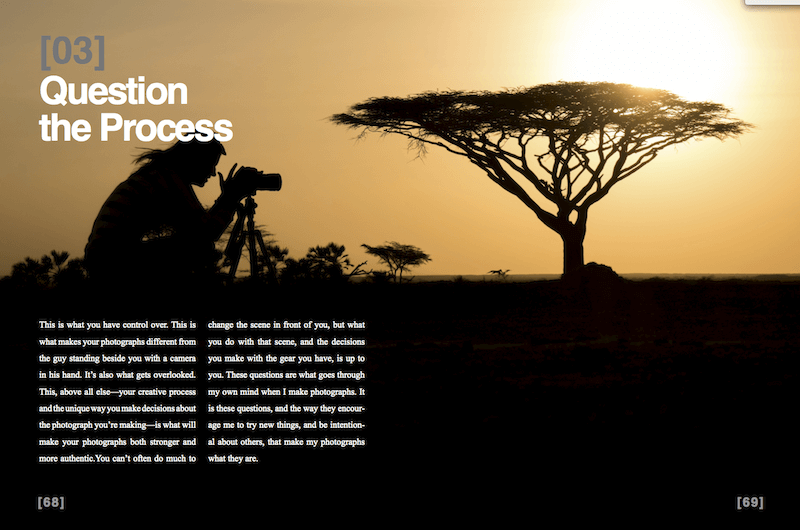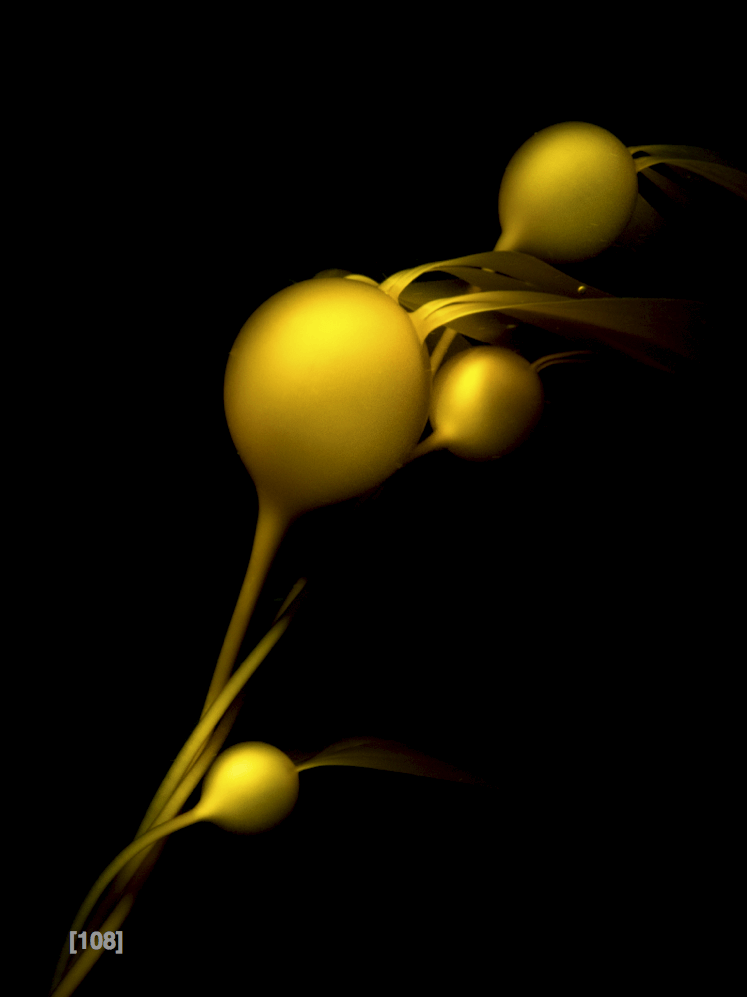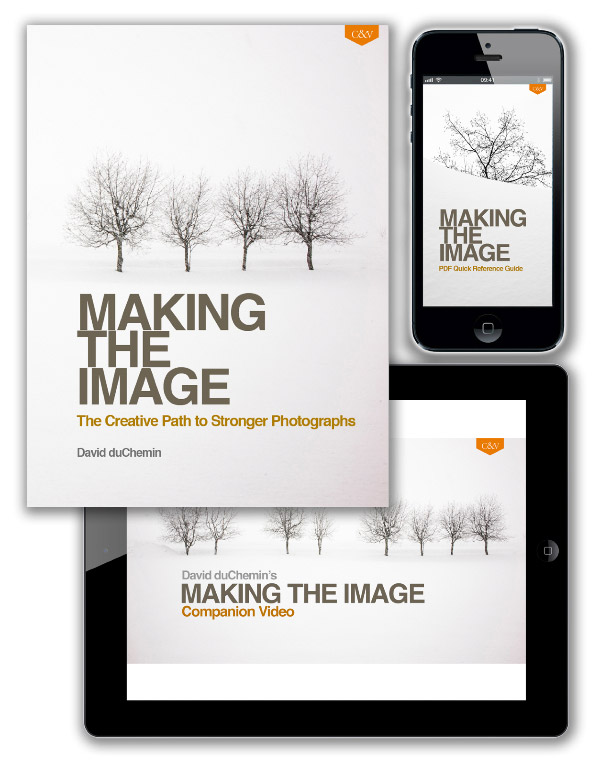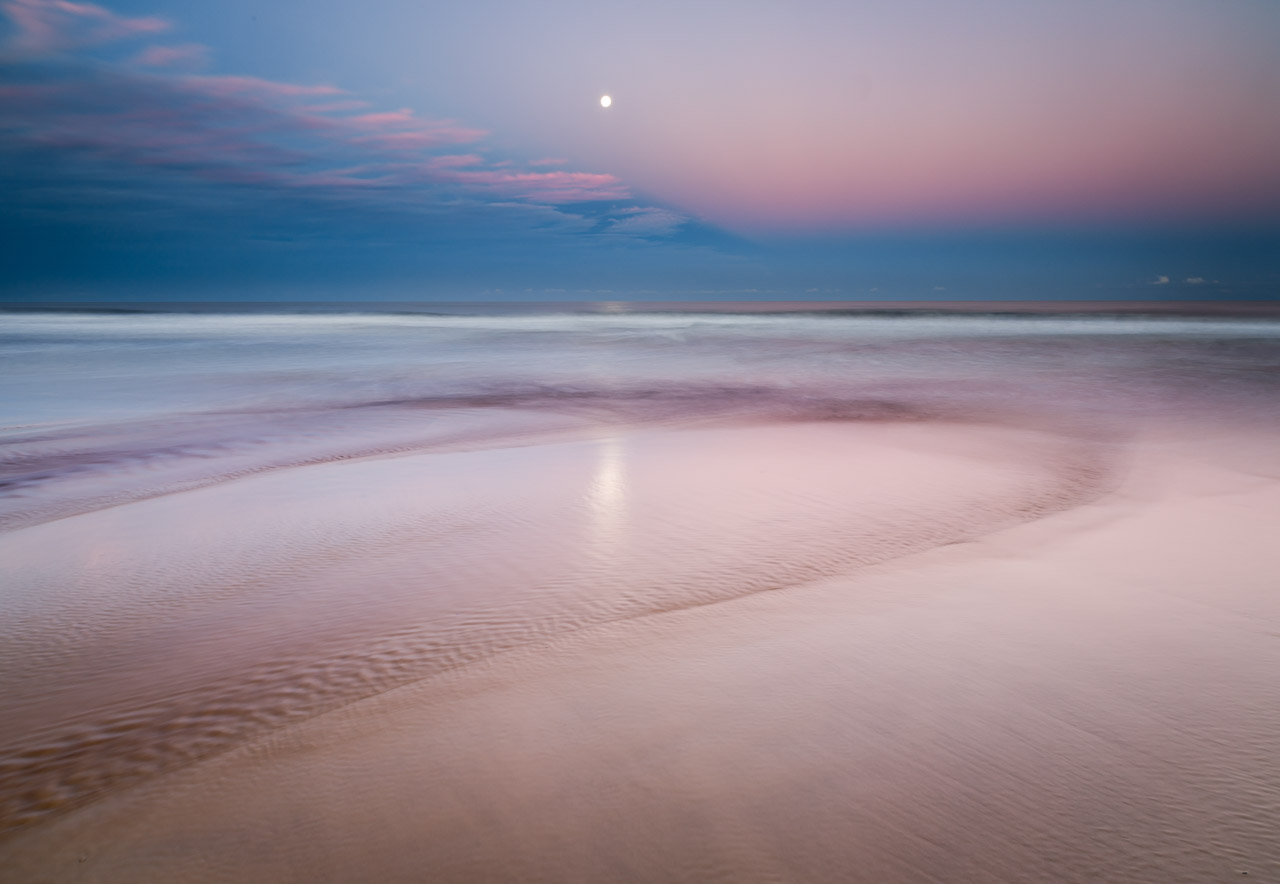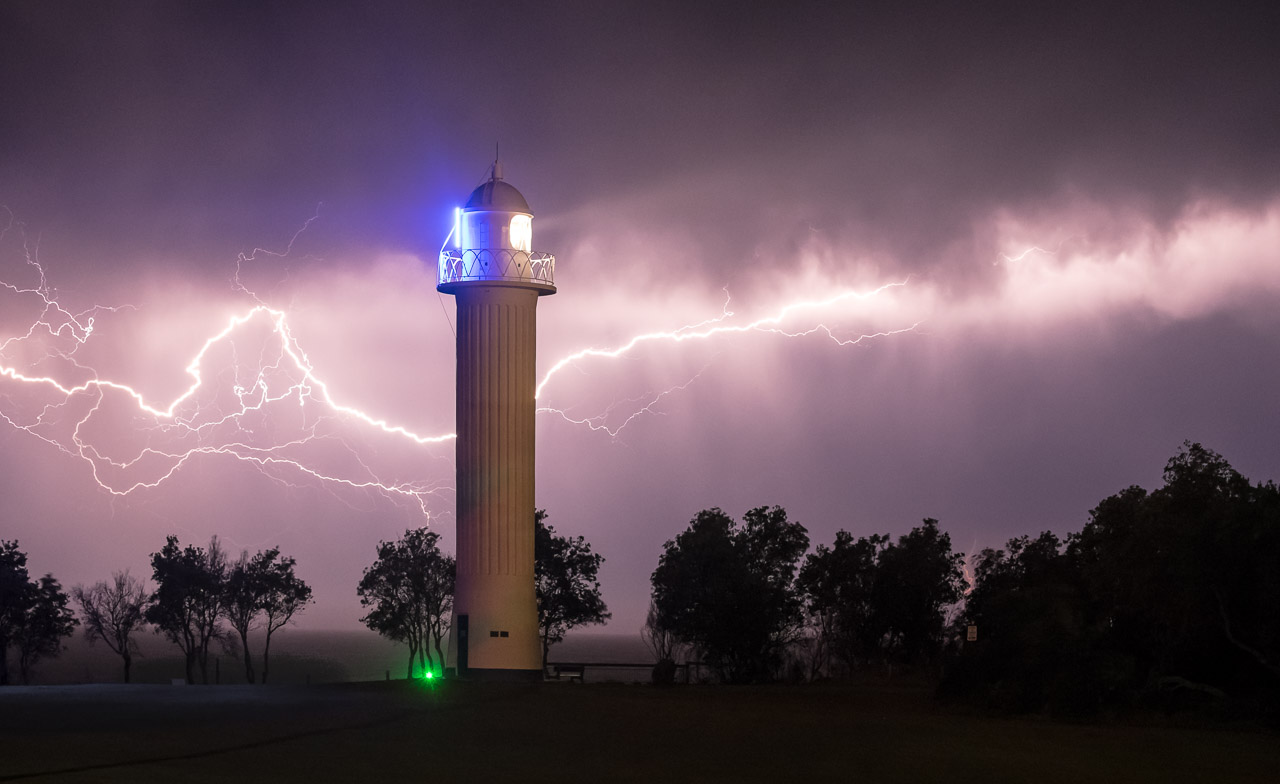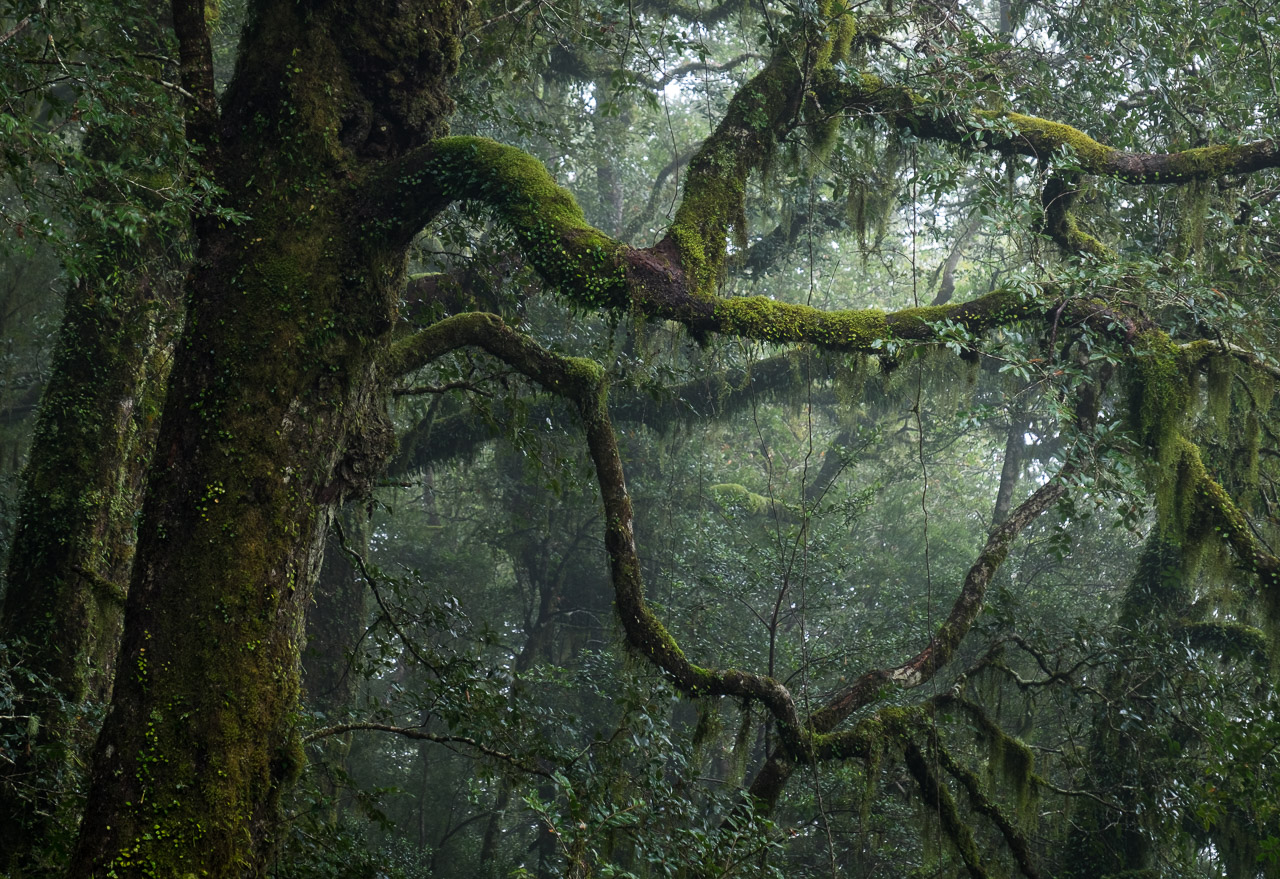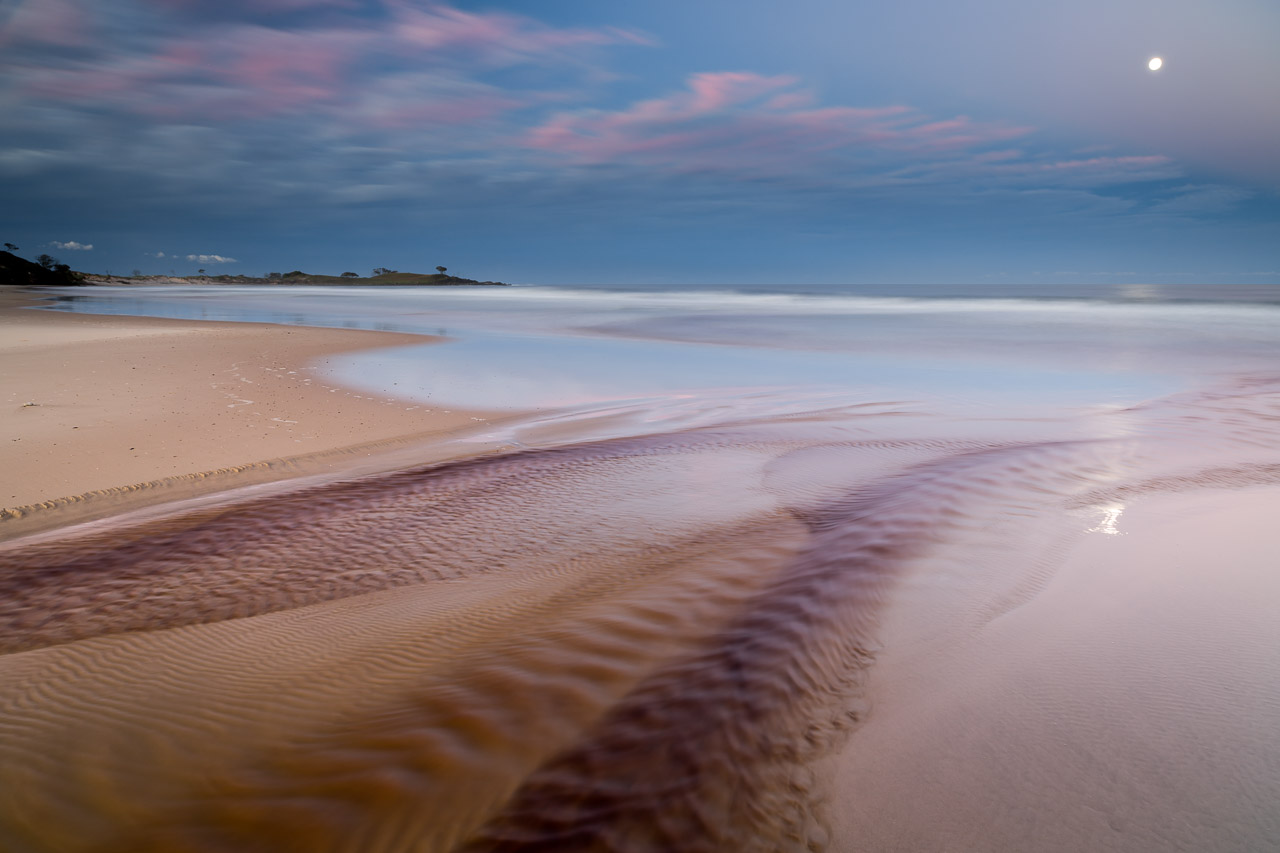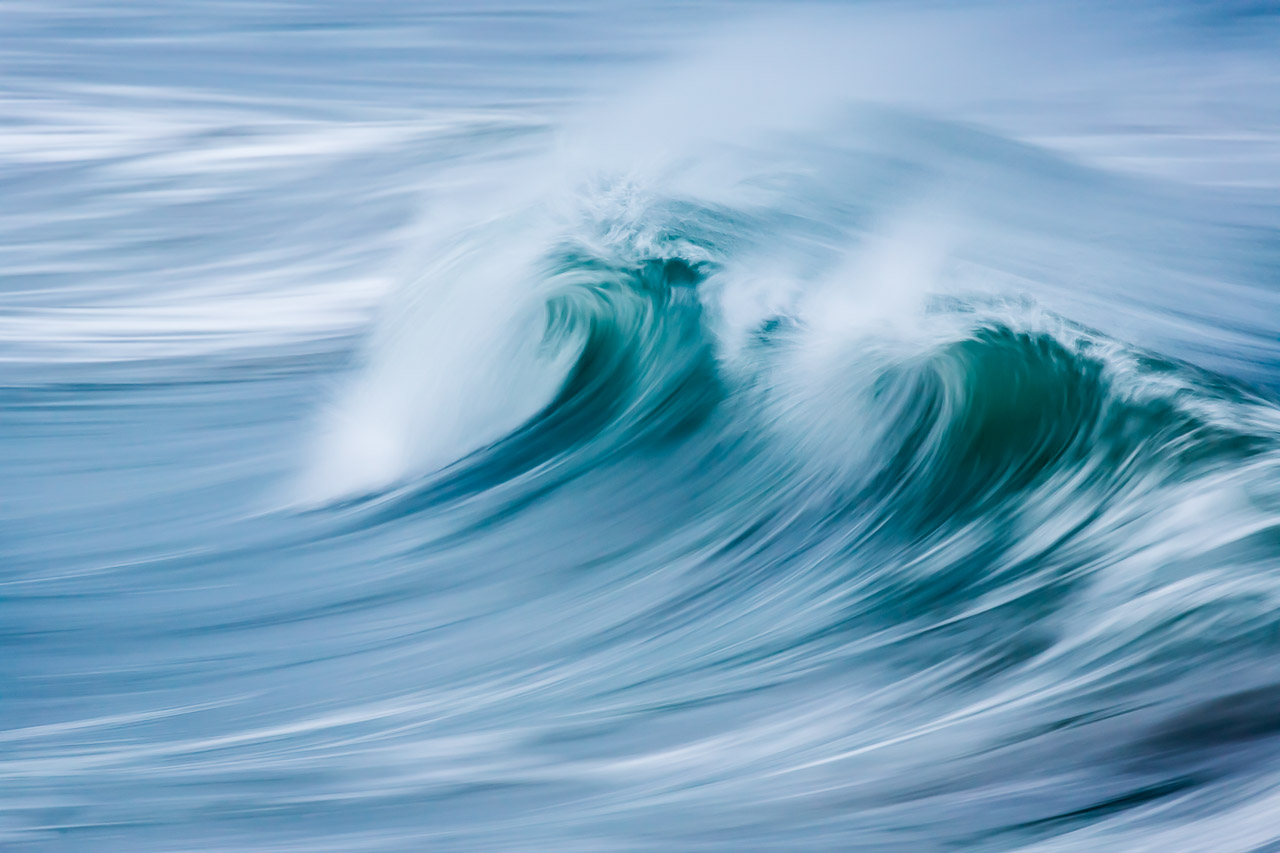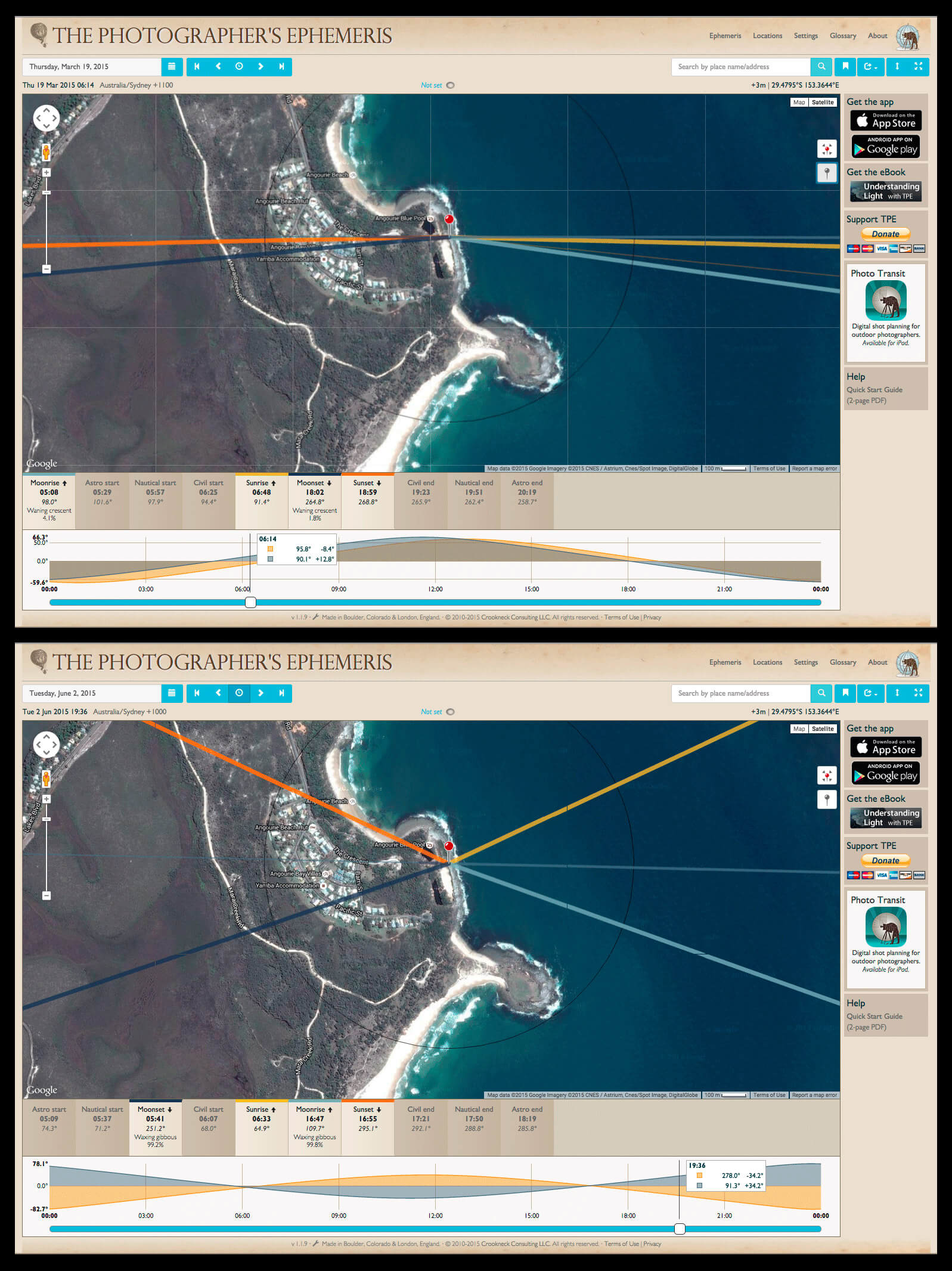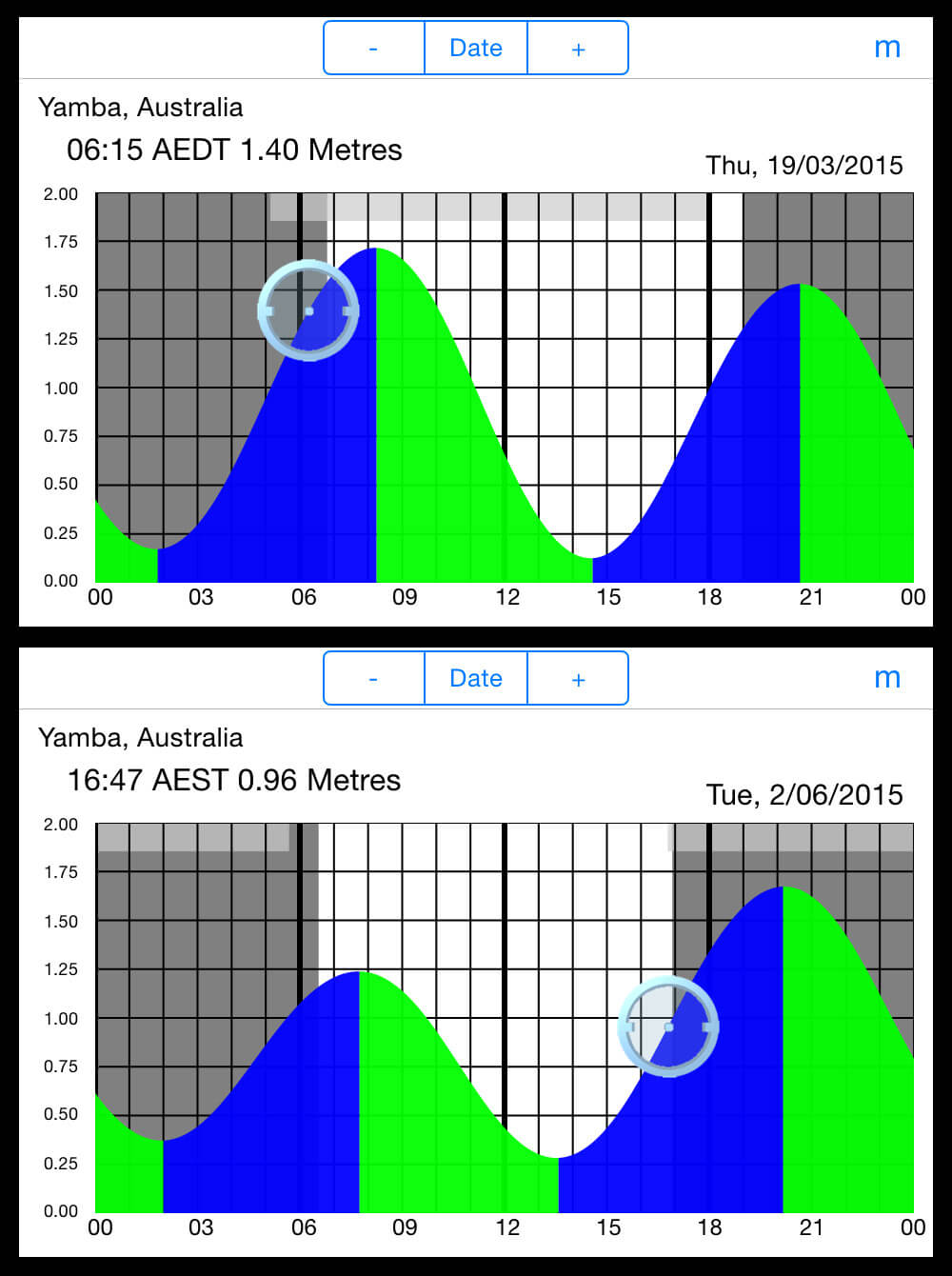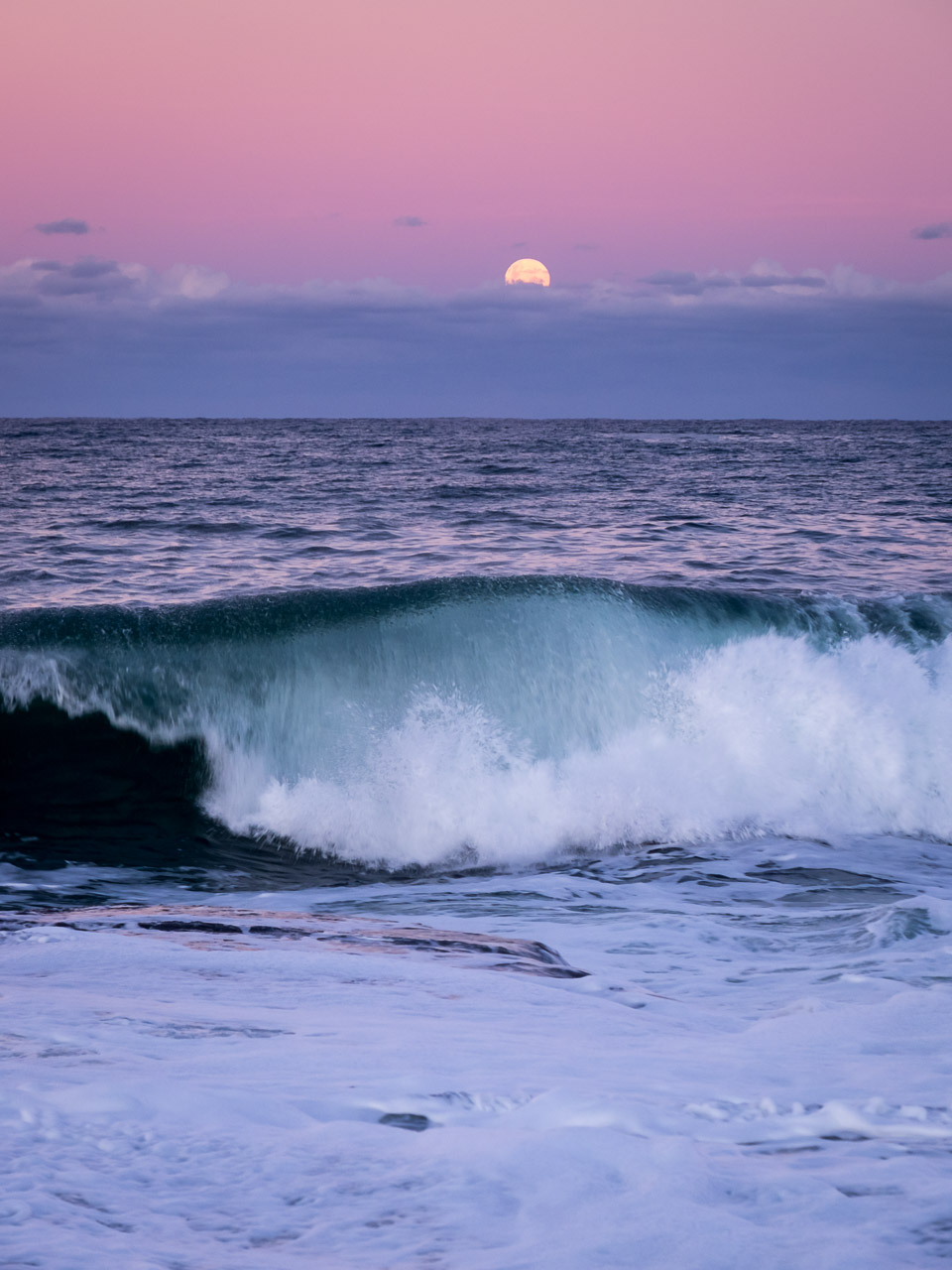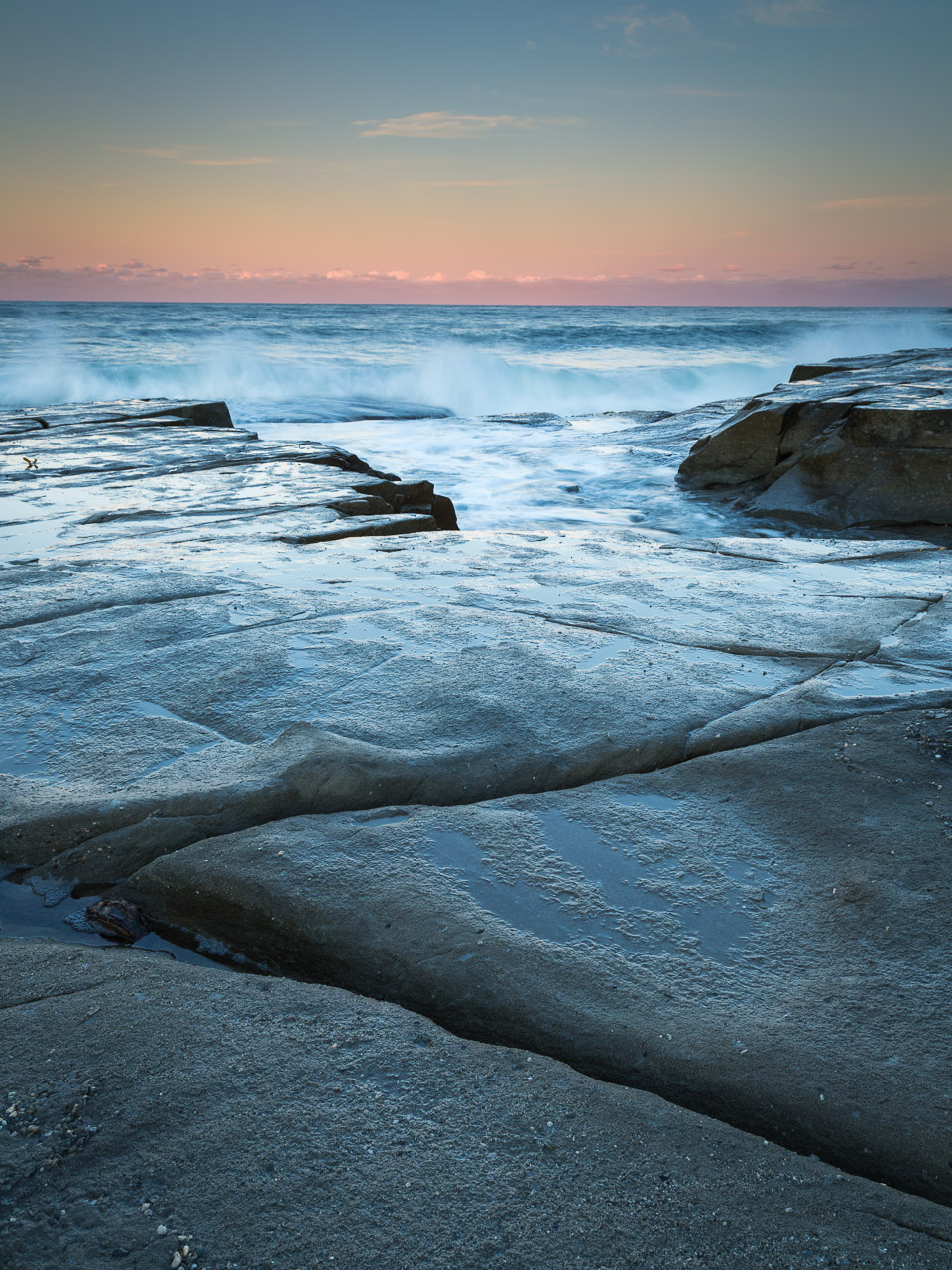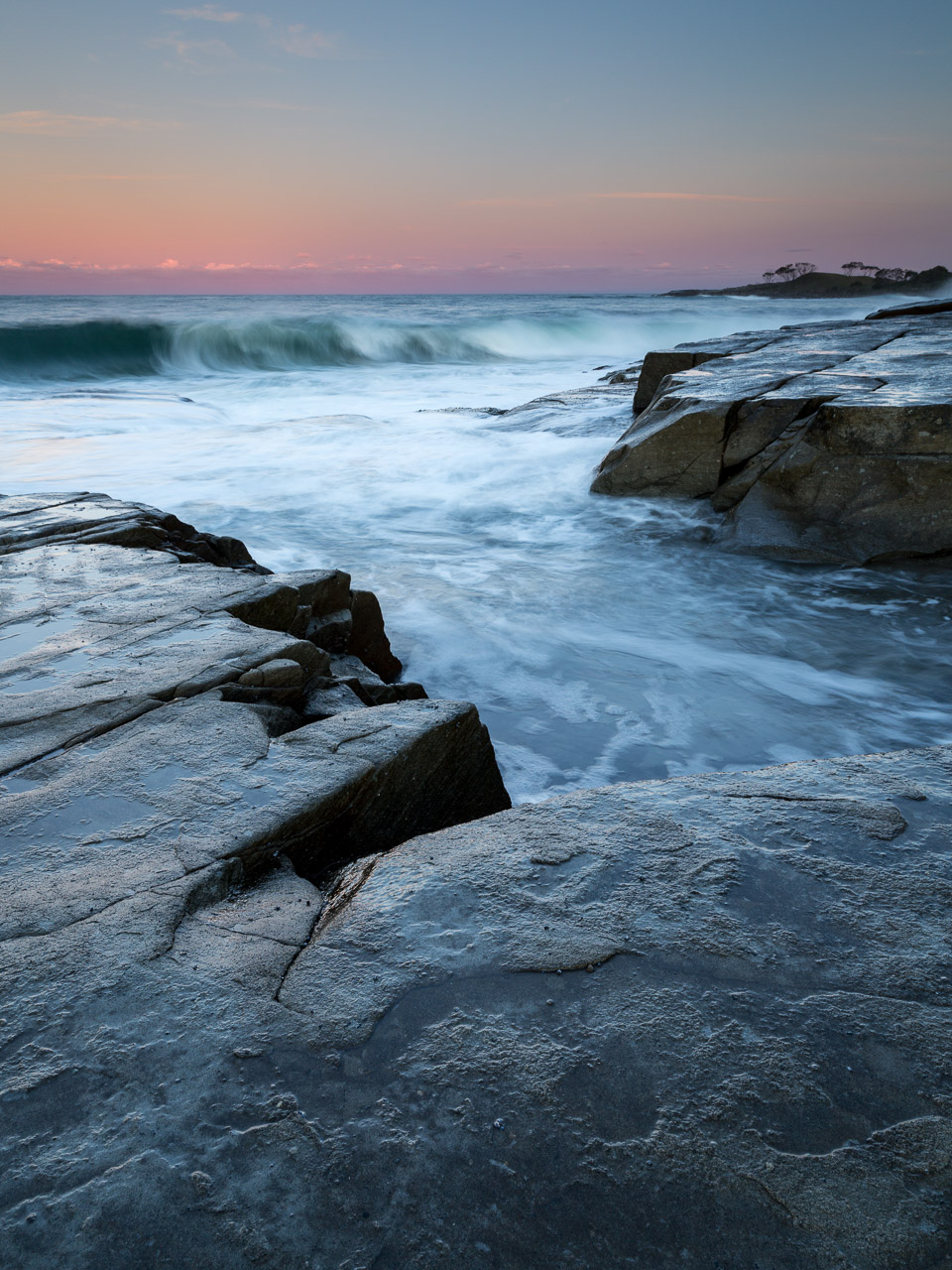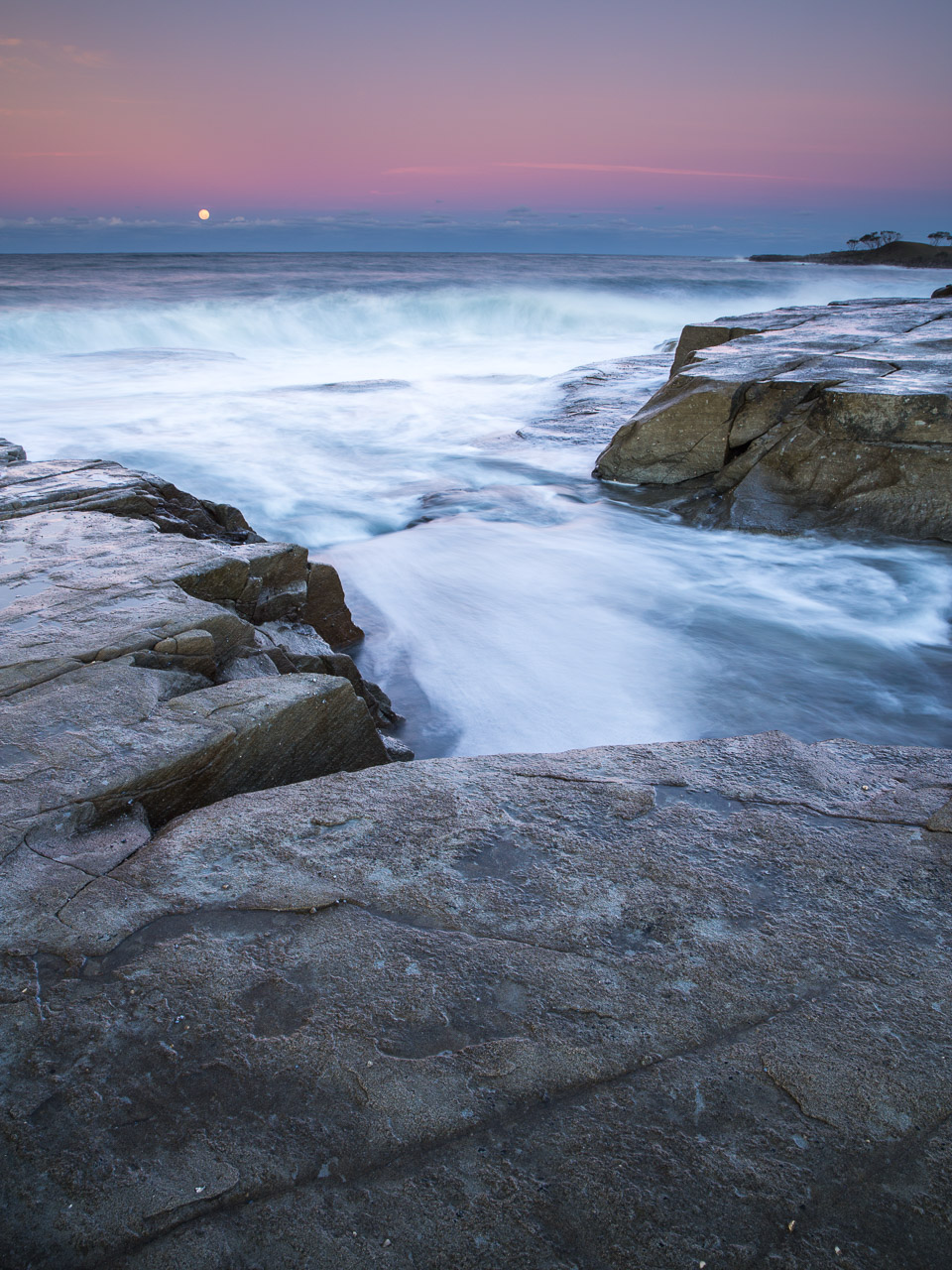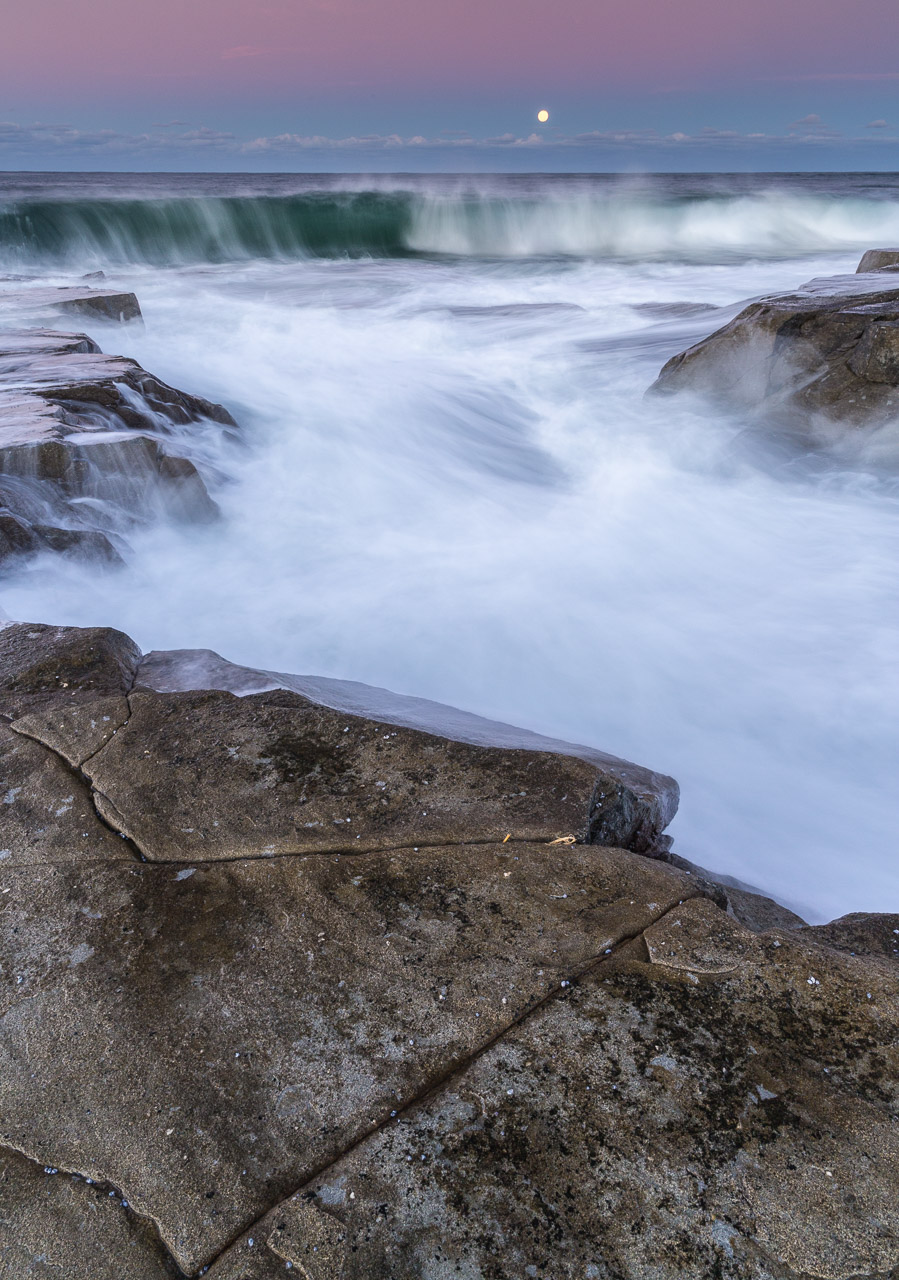I’m a big fan and heavy user of polarisers, particularly when I’m around water or foliage to remove glare and reflections. Whilst I often love the effect of the polariser, there are times when it feels like a hindrance rather than a help to an image.
One such occasion was last week when I was photographing the rock ledges down at Lovers’ Point here in Yamba. There are lots of interesting rocks and cracks here, and numerous rock pools that are uncovered when the tide recedes.
My almost default reaction in this situation is to attach the polariser to cut the glare on rocks and reflections from the pools. However it’s always a good idea to make such decisions intentionally. Sure being able to see all the detail in the rock pools and extra colour in the rocks can be great. But sometimes, that extra detail can be a distraction from an otherwise simpler image. Beyond that, the reflection of the sky can give some luminous space around an object.
Take this pair of images by way of example. In this first image most of the reflection of the sky during early twilight has been removed by utilising the polariser to its full potential. We can see into the pool and see all the seaweed and shells living in there.
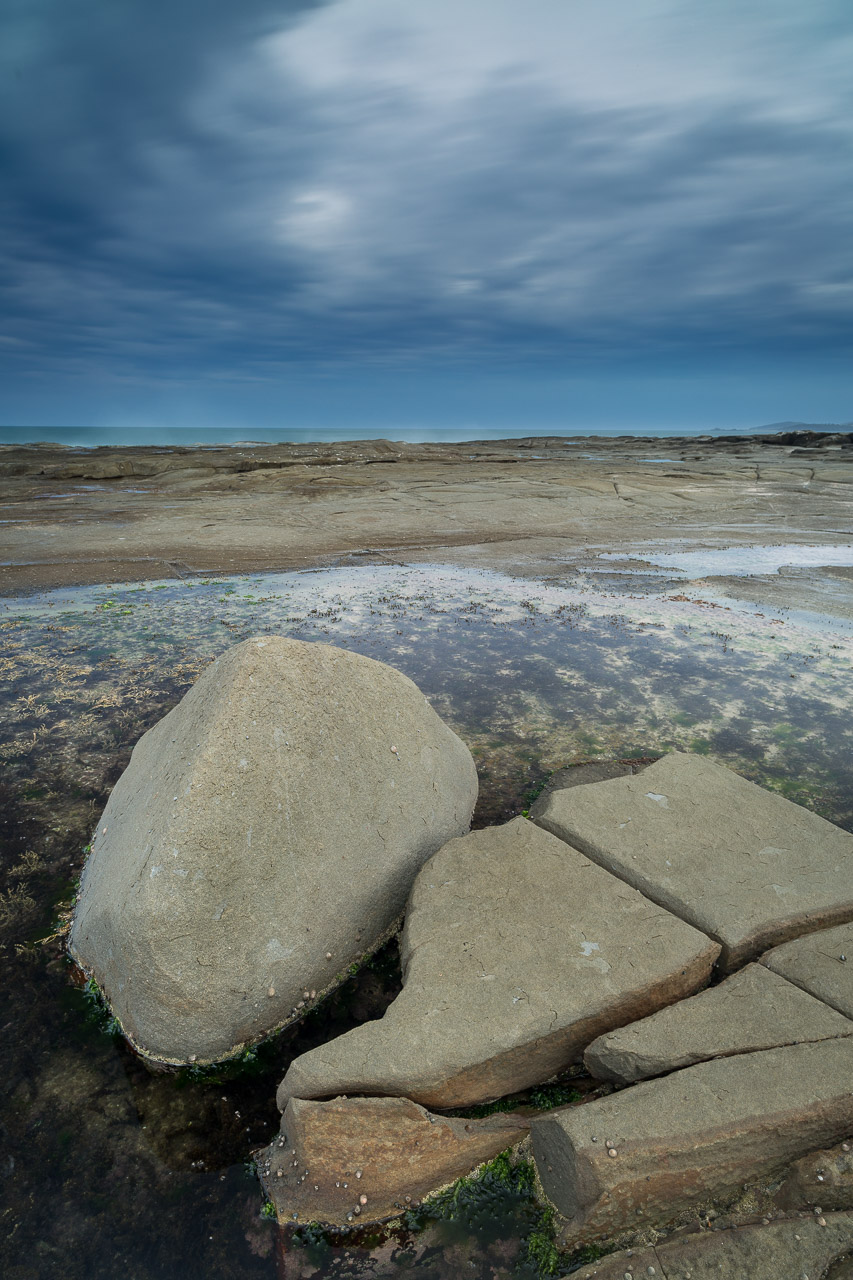
In this second image I have adjusted the polariser (with a 90 degree rotation) to allow the reflection to fully return. The weeds and shells are still there, but there’s a light blue sheen on the water that obscures those details for the most part.
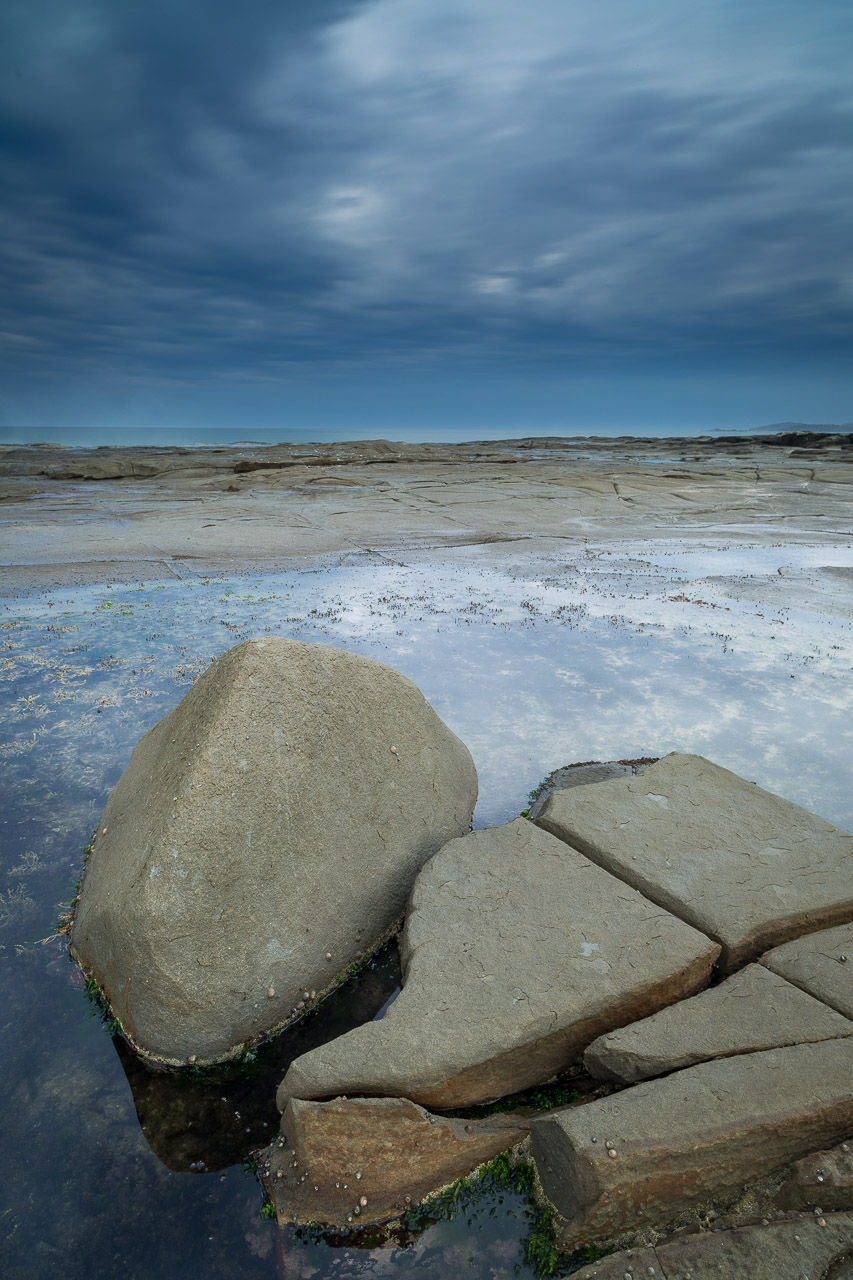
What I’d like to highlight in this example is the difference in tonal separation between the rocks and the water in these images. What do I mean by tonal separation? As it sounds tonal separation is taking about the separation - difference in relative brightness - of the tones in the image.
In the polarised image the water and the rocks are pretty similar, with darker patches here and there from the dark weed. By comparison, the water in the unpolarised version is much brighter than the rocks. This provides a backdrop to the most prominent rock, something it can sit upon and stand out from, enhancing the contrast between the rock and the water. Where the tones are closer together as in the first image, the rock tends to blend into the background more, losing its immediate shape and impact.
As well as tonal separation, there is better colour separation. The polarised image brings out the yellows and oranges in the water which are similar to the colour of the rock. There is greater colour contrast in the polarised image, with the light blue water contrasting with the orange-grey rocks.
You might notice that the rocks in the polarised image are a touch bluer than those in the polarised version. This is where the polariser has cut the glare of that twilight blue sky from the slightly damp foreground rocks, returning their natural colour.
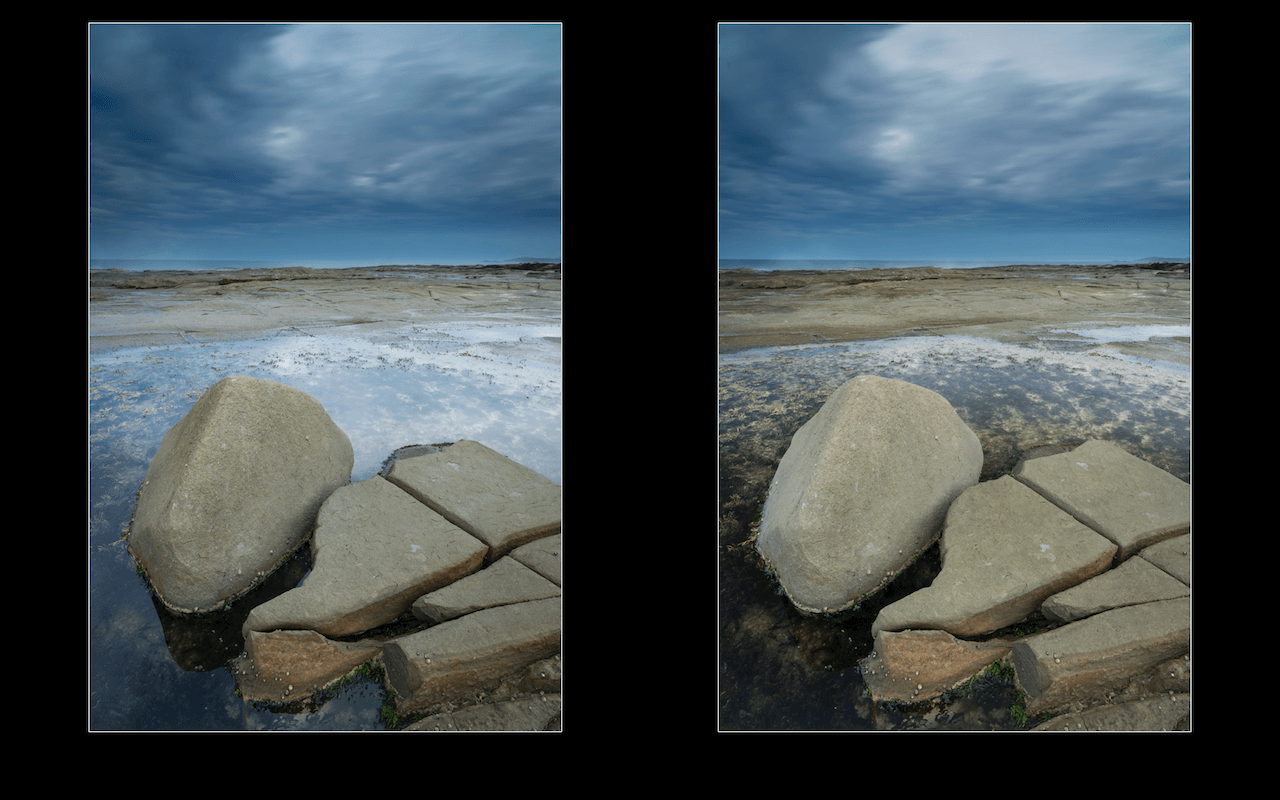
Which is better? Well neither version is likely to win any prizes but, as ever, it depends. For me it was the shape of the rocks against the water that caught my attention, that’s what I want to accentuate and so the unpolarised version works better for me. If instead the detail in the rock pool and the colour of the rocks was the main subject then the polarised version might work better.
You may prefer the warmer colour of the rocks and lack of glare in the distant rocks from the polarised version. In that case you could layer the two images in Photoshop and mask in the light blue water from the unpolarised version for a ‘best of both worlds’. This also works if you want to alter the strength of the polarising effect in post-processing - take one shot polarised, another shot unpolarised, and blend them together in Photoshop with a lower opacity for the desired effect.
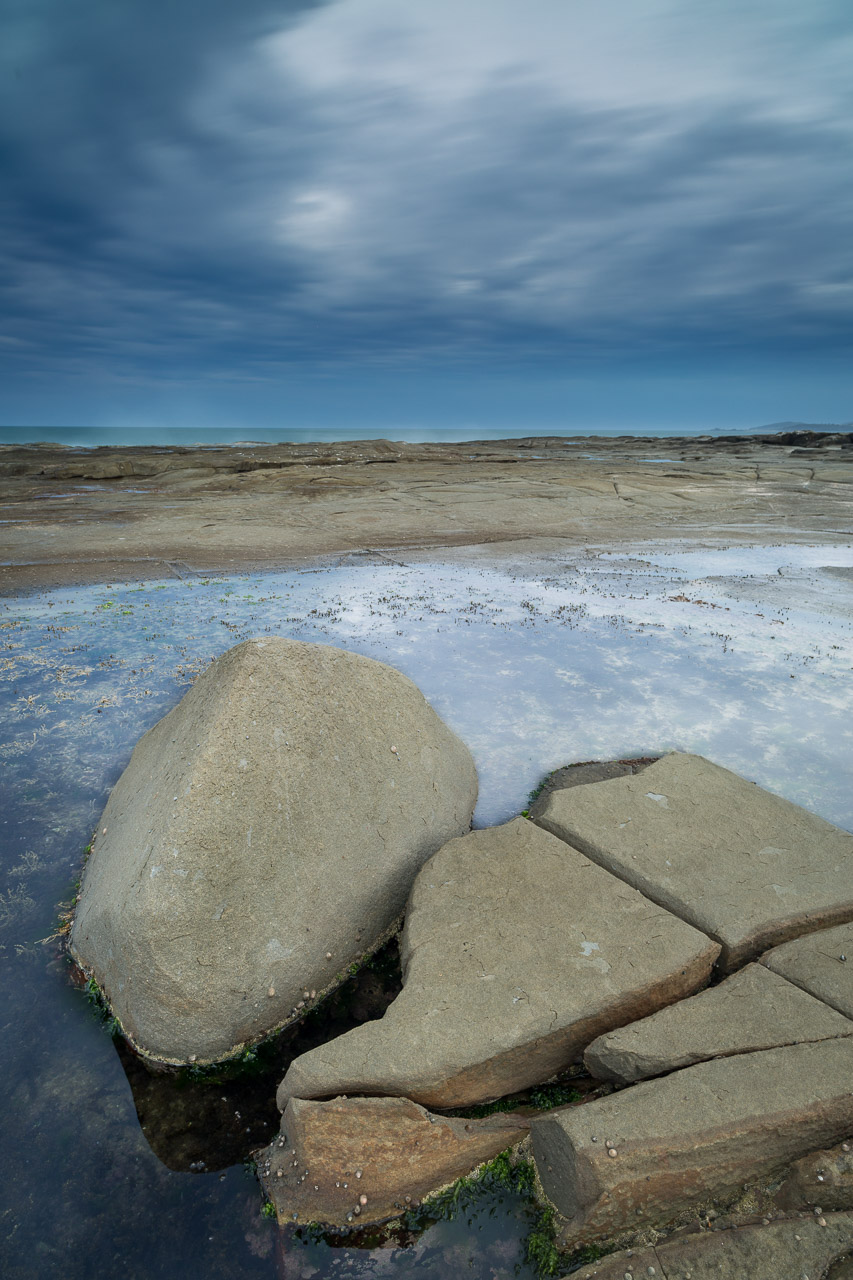
The takeaway is that you shouldn't use a polariser just because you can. Instead consider all of the effects it has on the image. They can be a great help in minimising glare and distractions, but sometimes the reflections are an important part of the image so it’s well worth experimenting - and/or taking both shots - to get the best result.
If you're in the market for a polariser I've recently started using a Formatt-Hitech Firecrest 105mm polariser and can recommend it.


